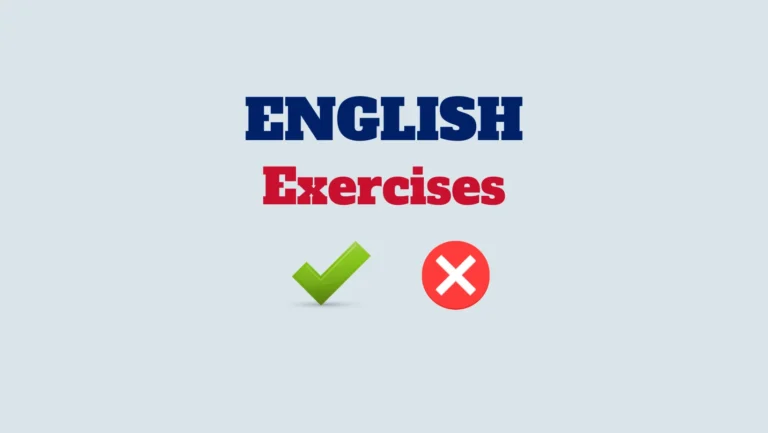In this lesson, we’ll explore the distinctions among the phrases “Acquiesce in,” “Acquiesce to,” and “Acquiesce with.” Although they all involve consenting or complying without protest, their usage with prepositions varies. Understanding these differences will ensure accurate expression and clear communication.
Phrase 1: Acquiesce in
Definition:
“Acquiesce in” means to consent or comply without protest, often used when accepting or tolerating a situation or action.
Example of use:
“His government can’t acquiesce in the invasion of that country.”
“Despite their objections, they had to acquiesce in the decision made by the board.”
“I cannot acquiesce in his unfair treatment of his employees.”
Phrase 2: Acquiesce to
Definition:
“Acquiesce to” also means to consent or comply without protest, particularly when yielding to someone’s authority or wishes.
Example of use:
“Gracie, Audrey, and Patrick acquiesced to their parents’ wishes.”
“The team reluctantly acquiesced to the coach’s demands for extra practice.”
“He decided to acquiesce to his boss’s decision rather than risk his job.”
Phrase 3: Acquiesce with
Definition:
“Acquiesce with” is less common and considered obsolete. It implies consenting or complying in agreement with something, but its usage is uncommon in contemporary English.
Example of use:
“Using ‘acquiesce with‘ is considered outdated in modern English.”
Summary:
In summary, “Acquiesce in” and “Acquiesce to” are commonly used to express consenting or complying without protest, with slight differences in preposition usage. “Acquiesce with” is less common and outdated in contemporary English. Understanding these distinctions ensures accurate usage and effective communication.



